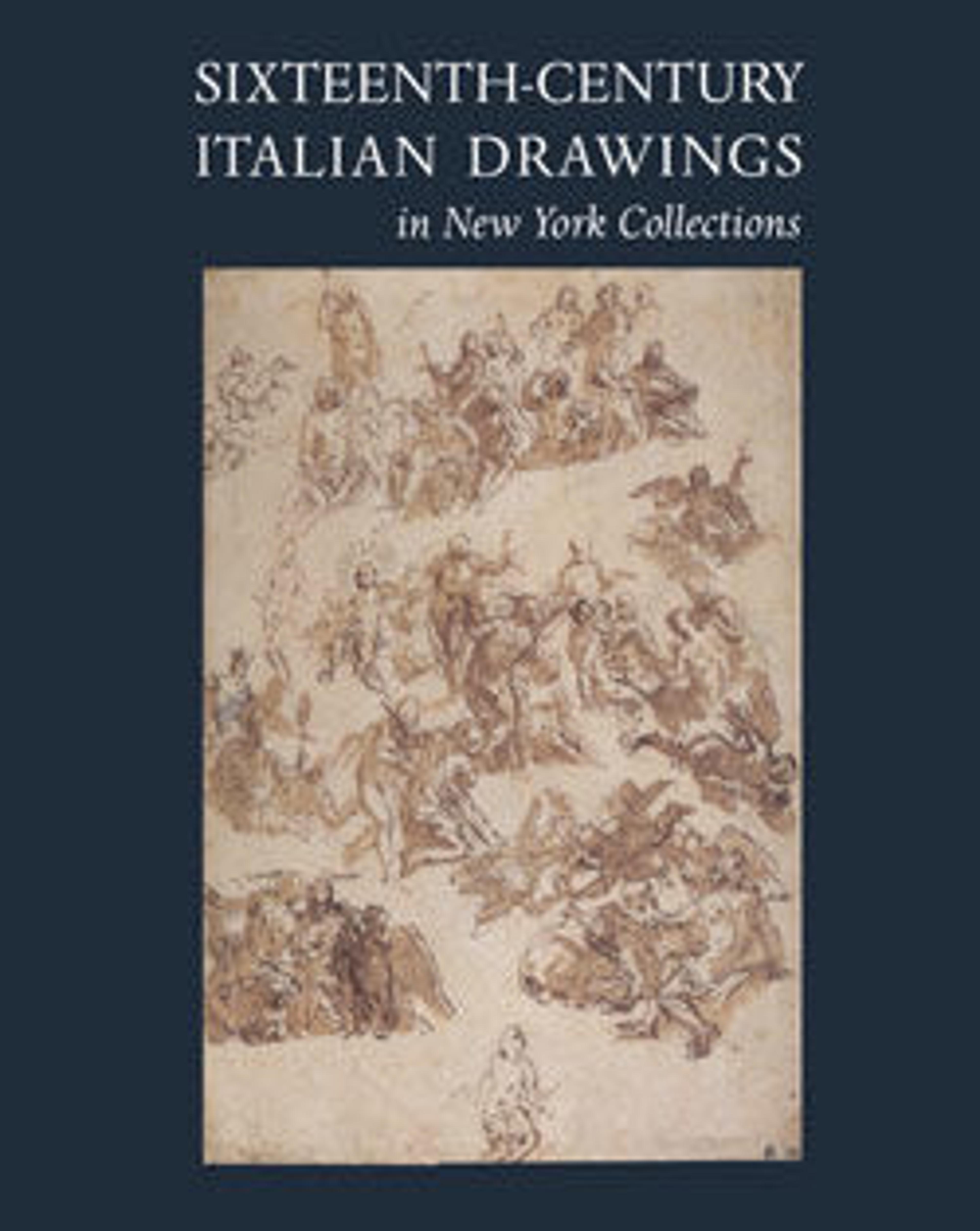The Abduction of Helen
A scene from Greek mythology, the sheet portrays the event that sparked the Trojan War – the abduction of Helen, the beautiful wife of Menelaus (King of Sparta), by Paris, the prince of Troy. Helen, with arms upraised, struggles against her captor in the background, while the dynamically posed sailors, straining to navigate the boat, form the center point of the drama. The drawing may represent a study for a fresco that adorned the façade of a building in Venice, a type of painting for which Giuseppe Salviati was renowned. In 1548, the sixteenth-century writer, Pietro Aretino wrote to Salviati praising him for his chiaroscuro frescoes that adorned the palaces along the Grand Canal in Venice (none of which survive today).
Artwork Details
- Title:The Abduction of Helen
- Artist:Giuseppe Salviati (Giuseppe Porta, called Il Salviati) (Italian, Castelnuovo di Garfagnana ca. 1520–ca. 1575 Venice)
- Date:mid-16th century
- Medium:Pen and brown ink, brown wash, heightened with white (partly oxidized), over traces of black chalk, on light blue paper.
- Dimensions:11 15/16 x 15 1/8 in. (30.3 x 38.4 cm)
- Classification:Drawings
- Credit Line:Robert Lehman Collection, 1975
- Object Number:1975.1.405
- Curatorial Department: The Robert Lehman Collection
More Artwork
Research Resources
The Met provides unparalleled resources for research and welcomes an international community of students and scholars. The Met's Open Access API is where creators and researchers can connect to the The Met collection. Open Access data and public domain images are available for unrestricted commercial and noncommercial use without permission or fee.
To request images under copyright and other restrictions, please use this Image Request form.
Feedback
We continue to research and examine historical and cultural context for objects in The Met collection. If you have comments or questions about this object record, please contact us using the form below. The Museum looks forward to receiving your comments.
